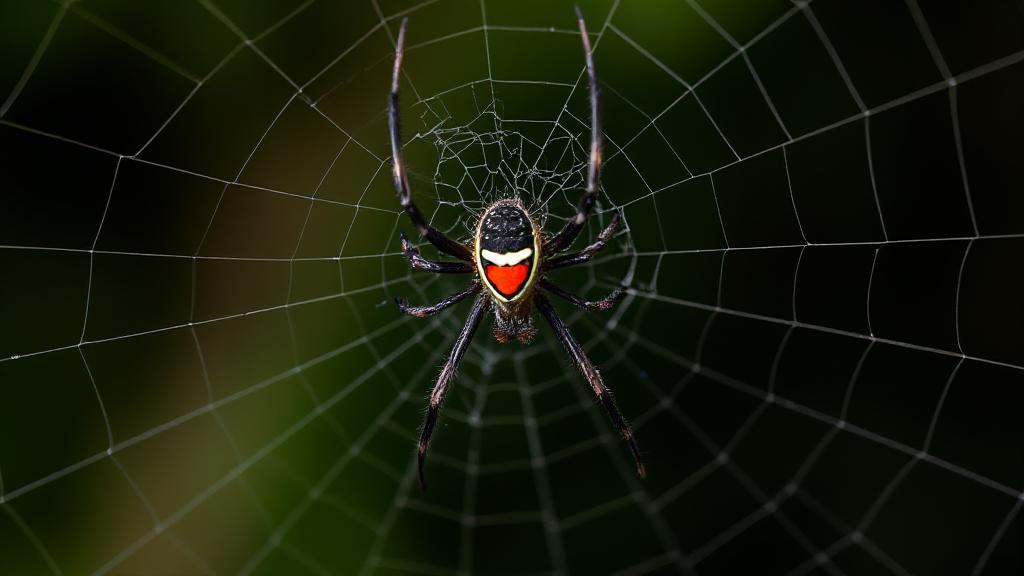Introduction
Black widow spiders are often feared due to their venomous bite and distinctive appearance. These spiders are easily recognizable by their glossy black bodies and the red hourglass marking on their abdomens. While encountering a black widow can be alarming, it's important to understand the risks they pose and consider alternatives to killing them.
Understanding Black Widow Spiders
Identification and Behavior
Black widow spiders belong to the genus Latrodectus and are found in temperate regions worldwide. They are non-aggressive and typically bite only in self-defense. These nocturnal creatures prefer dark, secluded areas such as woodpiles, garages, and basements, avoiding human contact whenever possible.
Venom and Bite Reality
Despite their venomous nature, black widow bites are:
- Rarely fatal
- Usually defensive reactions
- Treatable with medical intervention
- Uncommon in healthy adults
The venom is neurotoxic, affecting the nervous system. While bites can cause symptoms such as muscle cramps, nausea, and difficulty breathing, fatalities are extremely rare. For more information, visit the CDC's page on spider bites.
Alternatives to Killing
Prevention Methods
- Seal Entry Points: Ensure windows, doors, and other potential entry points are sealed
- Reduce Clutter: Keep basements and garages tidy to minimize hiding spots
- Outdoor Maintenance: Regularly trim vegetation and remove debris
- Install Door Sweeps: Prevent spiders from entering under doors
Natural Deterrents
Relocation
If you find a black widow in your home, consider relocating it:
- Use a clear container and thick paper
- Relocate at least 100 feet from your home
- Release in areas with minimal human traffic
- Wear protective clothing during the process
When Removal May Be Necessary
If the spider is found in high-traffic areas, especially where children or pets frequent, or if multiple black widows are discovered, indicating a potential infestation, professional intervention may be warranted.
Professional Pest Control
Consider contacting a licensed pest control expert who can:
- Assess the situation
- Implement targeted removal strategies
- Provide prevention recommendations
- Address any underlying infestation issues
Environmental Impact
Black widows play vital ecological roles by:
- Controlling pest populations
- Contributing to biodiversity
- Supporting local food chains
- Maintaining natural balance
Decision-Making Framework
| Factor | Kill | Relocate |
|---|---|---|
| Safety Risk | Immediate solution | Requires careful handling |
| Environmental Impact | Negative | Positive |
| Long-term Effectiveness | May not prevent others | Addresses immediate concern |
| Difficulty | Easy | Moderate |
Conclusion
While black widow spiders can be intimidating, they are an important part of the ecosystem and generally pose little threat to humans. By understanding their behavior and employing non-lethal management strategies, you can coexist with these fascinating creatures. For more information on living with spiders, check out the National Wildlife Federation's guide or contact your local Cooperative Extension Service for region-specific guidance.
